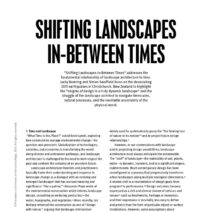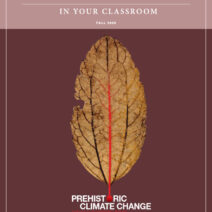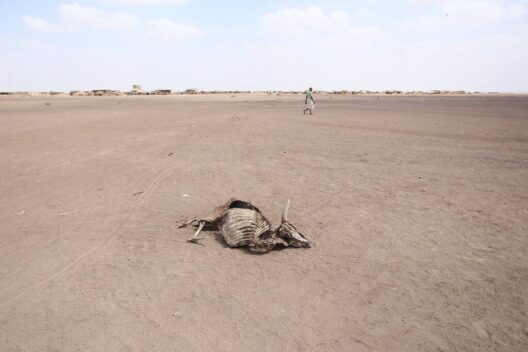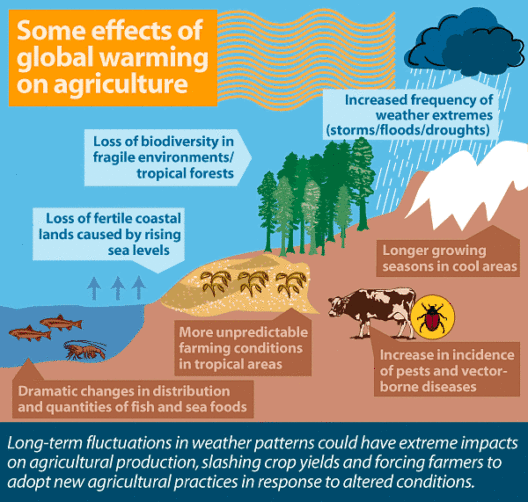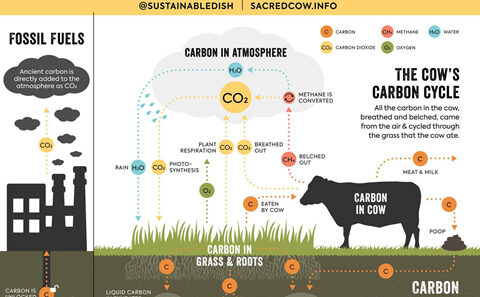As global temperatures continue to rise, the investigation into the underlying causes of climate change becomes increasingly vital. The examination of “The Warming Equation” unveils a complex interplay of natural phenomena and anthropogenic influences, compelling us to dissect the myriad contributing factors to this pressing issue. A common observation among many individuals is the perplexing nature of climate fluctuations, leading to a deeper inquiry into the mechanics behind such transformations. This analysis not only identifies these factors but also elucidates the interactions that perpetuate the warming of our planet.
To grasp the essence of atmospheric warming, one must first consider the greenhouse effect, a natural mechanism that facilitates warmth retention within Earth’s atmosphere. Solar radiation enters the atmosphere, with a fraction absorbed by the Earth’s surface while some reflect back into space. Greenhouse gases (GHGs) such as carbon dioxide, methane, and nitrous oxide trap a portion of this outgoing radiation, thereby maintaining a habitable temperature for various life forms. However, human activities have significantly augmented the concentration of these gases, resulting in accelerated warming—a phenomenon often referred to as anthropogenic climate change.
The fossil fuel industry stands as a predominant contributor to increased GHG emissions. The combustion of coal, oil, and natural gas for energy production releases copious amounts of carbon dioxide into the atmosphere. As economies industrialize and global energy demands swell, the reliance on fossil fuels becomes even more entrenched. Moreover, deforestation exacerbates this issue. Trees serve as vital carbon sinks; their removal not only diminishes the Earth’s capacity to absorb carbon dioxide but also releases stored carbon when they are burned or decomposed, thus amplifying the warming effect.
Interestingly, agriculture also plays a pivotal role in shaping the climate narrative. The livestock sector, which contributes to methane emissions through enteric fermentation and manure management, further complicates the warming equation. Additionally, rice cultivation, as a predominant food source for billions, generates methane in anaerobic conditions. Consequently, the agricultural practices that sustain life are paradoxically some of the leading contributors to greenhouse gas emissions.
Urbanization represents another critical variable within the warming equation. As cities expand, they create what is known as the “urban heat island” effect. This phenomenon is characterized by localized temperature increases due to the concentration of buildings, roads, and human activities that absorb and re-radiate heat. The increase in urban populations often leads to higher energy consumption, further propagating emissions from fuel sources. The interplay between urbanization and climate change thus reveals the intricate ways in which human lifestyle choices translate to environmental impacts.
Furthermore, the phenomenon of climate feedback loops illustrates another layer of complexity. For instance, as polar ice melts due to rising temperatures, less sunlight is reflected back into space, leading to additional warming—a process known as the albedo effect. Similarly, thawing permafrost releases previously trapped methane, exacerbating atmospheric concentration and augmenting global warming. Together, these feedback mechanisms suggest that even seemingly benign changes in the environment can engender pronounced and far-reaching consequences.
Moreover, the discussion surrounding climate change is often accompanied by the discourse on socio-economic inequalities. Marginalized communities frequently bear the brunt of climate impacts, illustrating the intersectionality of environmental justice. Vulnerable populations may lack the resources to adapt to changing conditions, such as rising sea levels and extreme weather events, resulting in a cycle of poverty and vulnerability. This disparity invites a closer inspection of how global warming is not just an environmental crisis but also a human rights issue, necessitating a multifaceted approach to mitigation and adaptation.
In contemplating the warming equation, it becomes imperative to scrutinize governmental and institutional responses to climate change. Policy frameworks aimed at reducing emissions often grapple with resistance from various sectors, including politics and business interests. Regulatory measures, such as carbon pricing and renewable energy mandates, are pivotal to fostering systemic change. However, without a collective commitment from nations and corporations alike, the path toward a sustainable future remains precarious.
The pursuit of renewable energy sources emerges as a cornerstone in the fight against climate change. Technologies such as solar, wind, and hydroelectric power offer alternatives that significantly reduce GHG emissions. Transitioning to these sustainable energy systems necessitates not only technological investment but also a cultural shift towards energy conservation practices. This evolution in societal norms and behaviors can amplify progress, as individuals, corporations, and governments unite in the endeavor to mitigate climate impacts.
Finally, public awareness and education serve as powerful tools in decoding the warming equation. Enhancing understanding of climate science and its implications can galvanize community action and promote informed decision-making. Grassroots movements, educational campaigns, and science communication are essential for fostering a sense of urgency that galvanizes action on both local and global scales. By collectively recognizing the severity of the climate crisis, society can forge pathways toward resilience and sustainability.
In conclusion, the multifaceted nature of climate change underscores the importance of a holistic approach to understanding its causative factors. From greenhouse gas emissions and agricultural practices to socio-economic inequalities and governmental responses, each element of the warming equation contributes to the larger narrative of global warming. As awareness grows, so too does the potential for actionable change, illuminating a path towards healing our planet.
